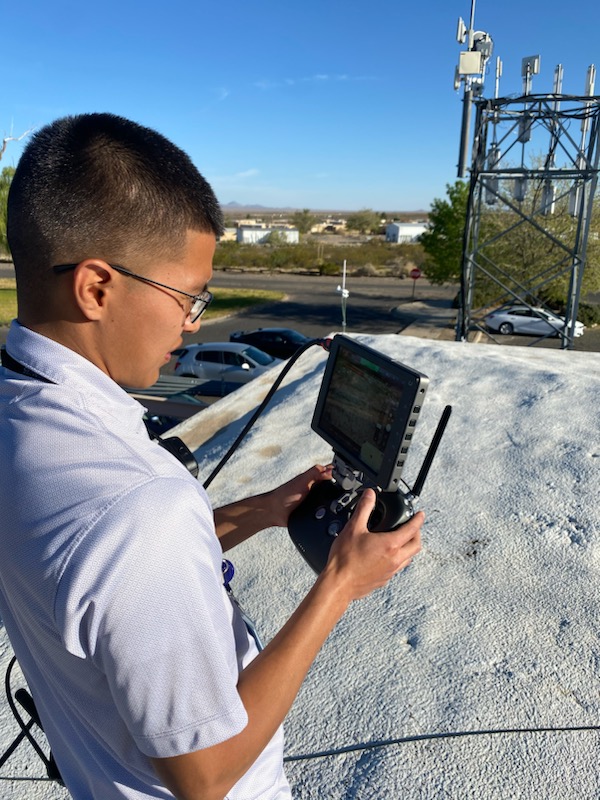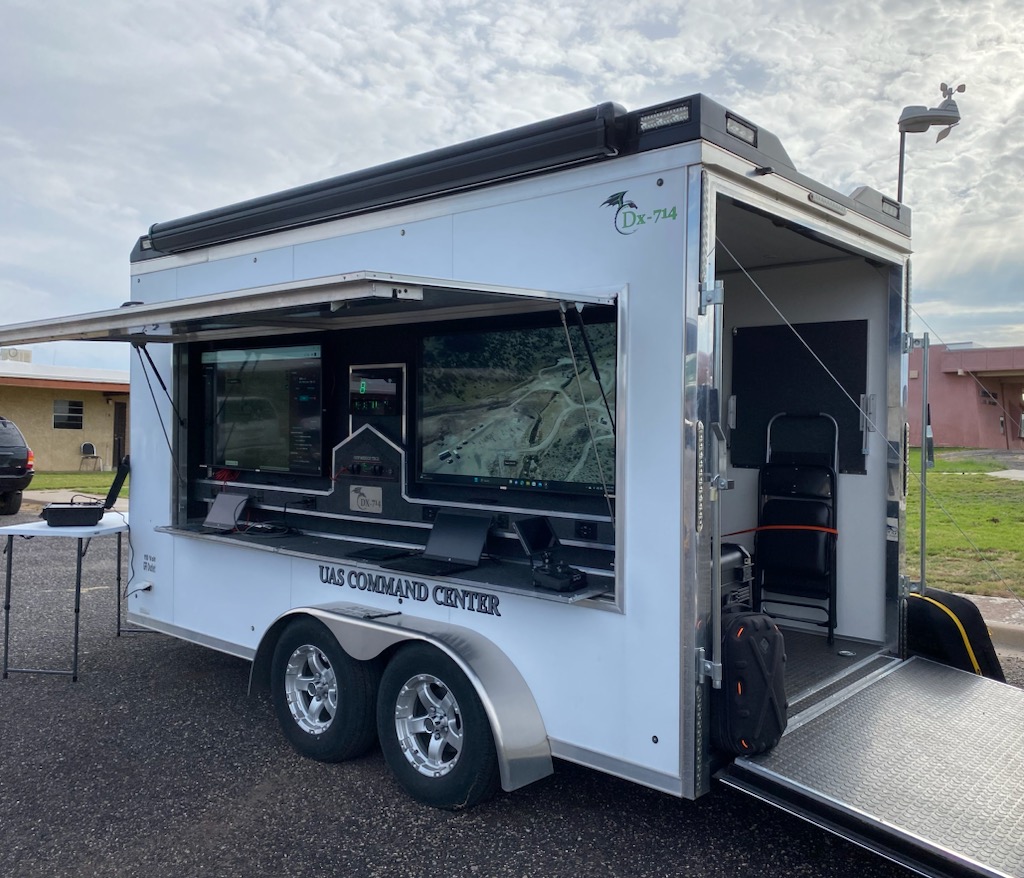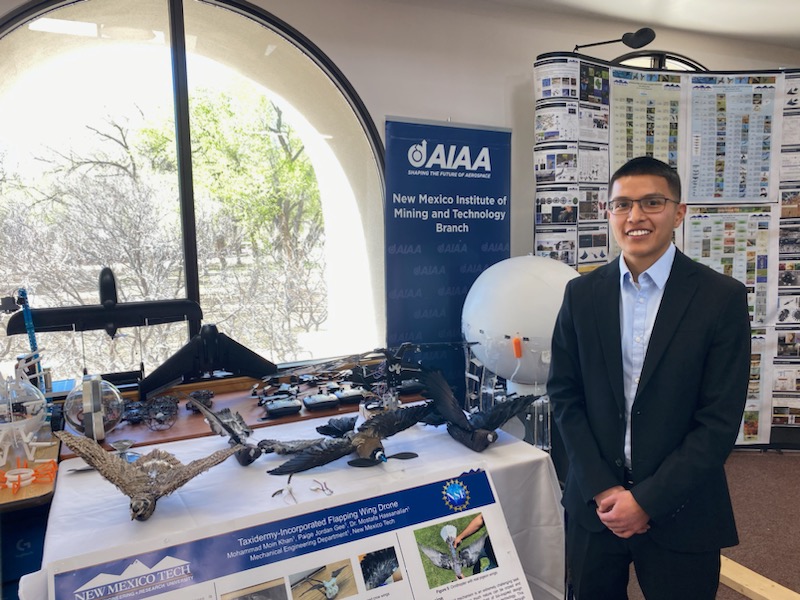
When Jared Upshaw was hired by EMRTC in August 2019 he had very little experience flying drones, but he did possess an engineering degree and a willingness to learn. Very quickly, Jared came up to speed; by the end of his first week on the job, he was flying. Two weeks later, he earned his Part 107 (Remote Pilot Certificate) from the FAA. Now Jared is EMRTC’s Lead UAV pilot, and he has trained two other pilots.
As Lead UAV Pilot, Jared’s responsibilities include more than piloting. First, he maintains all of the drones used in EMRTC’s UAV training course. Such maintenance involves making sure firmware is up to date and batteries are in good condition. During the three field labs for the UAV training course, Jared prepares and manages the multiple drones being showcased and the multiple scenarios presented to course participants. He helps ensure that all field lab objectives are met and all flights are completed successfully and safely.
For Field Lab 1, participants are exposed to a flight show showcasing multiple types of drones, from quadcopters, hexicopters, and bicopters, to vertical takeoff and landing, to fixed wing. The flight show audience witnesses the capabilities of each drone type, both hearing them as well as getting a visual profile, so they can be better prepared for what they may encounter on the job.
The scenarios presented to course participants during Field Lab 2 allow participants to observe different sizes and types of drones flying for different purposes. Participants discuss their observations and determine whether regulations are being followed for each scenario they witness. For instance, one scenario involves a hobbyist drone, another scenario simulates first responders attending to a hurt individual. In another scenario, a drone does a flyby with a dropping mechanism, dropping inert mortar. Other scenarios simulate mapping an area for commercial use, harassing individuals on the ground with a maverick drone with a siren and speaker attached, and a large drone with a hook hanging a medic kit on the bottom to simulate dropping medical supplies.
During Field Lab 2 EMRTC also showcases their Counter Unmanned Aircraft Systems (CUAS) trailer. First responders have the opportunity to walk inside the trailer and take pictures. The trailer features monitors on the outside that open up with a panel, a live feed to show what the drone sees, and hookups for the controller so they can fly from inside.

Field Lab 3 is Explosive Day involving demonstrations where drones drop and detonate explosives. Course participants witness a drone dropping off a package with C4 which then detonates. They are also shown a Trojan horse scenario where mannequins are kneeling by a static drone which then detonates. Students then review and put together an AAR.
The bodies of the drones themselves, as well as some of the items involved in the field labs, are 3d printed. Initially, EMRTC would purchase a drone shell, but for the field labs they would need to remove all metals and screws to eliminate fragmentation risks. Realizing a plastic drone would be better, Jared taught himself 3d modeling and became very efficient at it. He has modeled and 3d printed drone bodies as well as drop mechanisms and inert mortar bombs for the simulations used in the field labs.

While staying current with the ever-changing technology is the most challenging aspect of Jared’s job, he clearly loves what he does. He explained that he is currently working on completing his Master’s degree in Intelligent Systems in Mechatronics through New Mexico Tech’s Mechanical Engineering department. Jared is currently writing his thesis on camouflaging drones. He has also assisted his advisor Dr. Mostafa Hassanalian in work on the flapping bird drone (research that has gone viral, making news headlines around the world). In his work on his graduate degree, Jared has presented at AIAA and regional conferences. Upon completing his Master’s degree, Jared plans to continue his graduate studies at New Mexico Tech to pursue a Ph.D. Part of Jared’s planned doctoral work involves integrating drones on the Navajo nation and creating a cultural drone as a way to introduce K-12 students to STEM fields.
